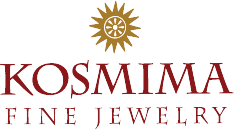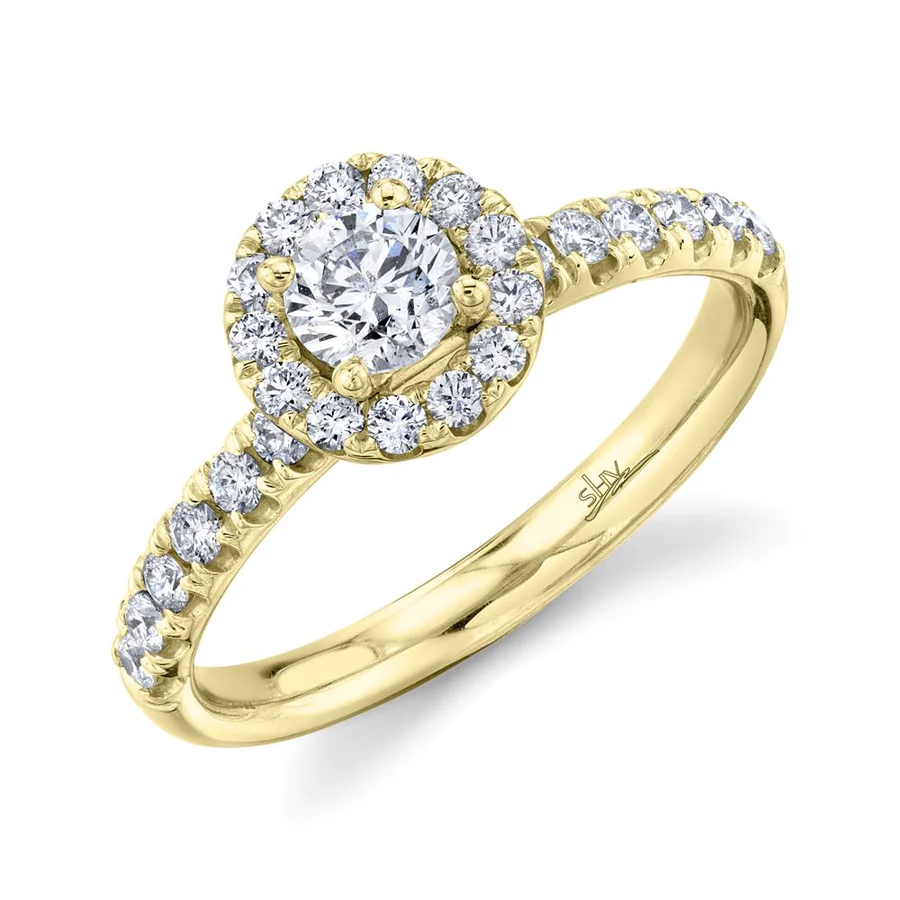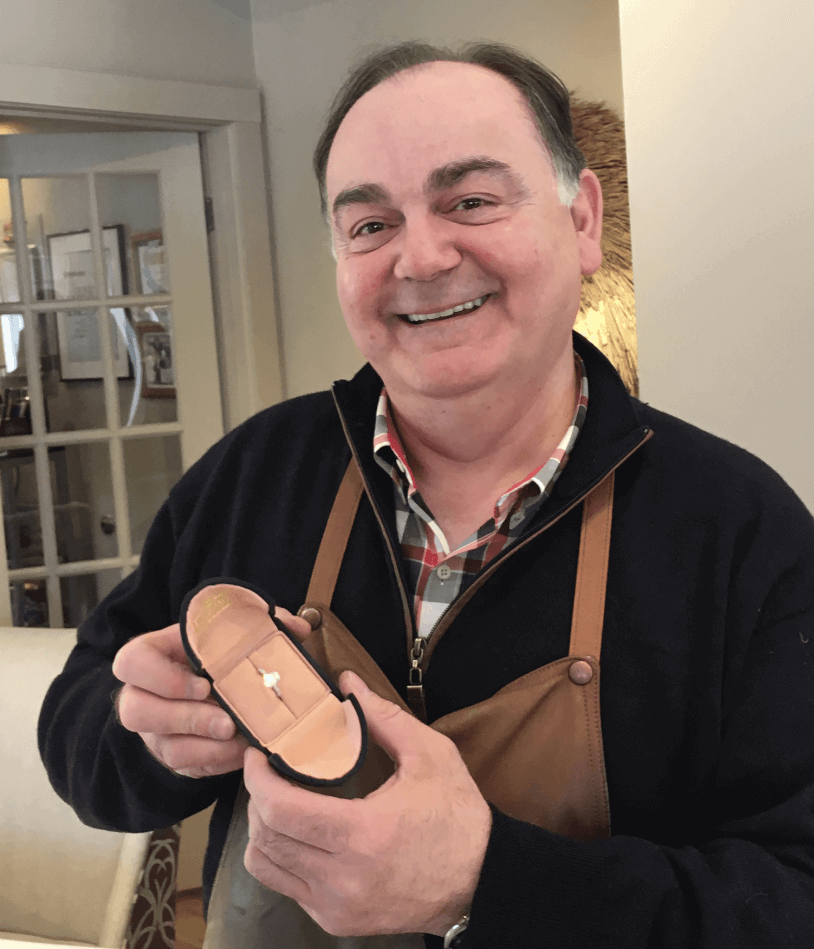BROOKLINE, NEWTON &
THE GREATER BOSTON AREA
Lab Grown Diamonds in the Greater Boston Area
Lab Grown Diamonds are virtually identical to their natural counterparts, and make an excellent alternative for your next piece.
BROOKLINE, NEWTON & THE GREATER BOSTON AREA
Lab Grown Diamonds in the Greater Boston Area
Lab Grown Diamonds are virtually identical to their natural counterparts, and make an excellent alternative for your next piece.
Lab Grown Diamonds: A Choice to Consider
Video from the GIA illustrating the differences between Natural Diamonds and Lab Grown Diamonds
Lab grown diamonds make excellent alternatives to mined ones. They’re virtually indistinguishable from their natural counterparts, and come at a more affordable price point. Furthermore, creating these stones is less impactful on the environment than mining operations.
As their name suggests, lab grown diamonds are created in a highly controlled lab environment. With this technology, the lab diamonds created today are almost chemically, physically, and optically identical to natural diamonds.
At Kosmima Fine Jewelry, we carry a number of lab grown diamond jewelry so you can be sure to find the perfect piece. If you’re thinking of having something custom made, we have a number of loose lab stones available, and can even help you source one if you have an ideal type in mind.
Serving the greater Boston area for over 30 years, come and see why we’re the preferred jewelers for locals from Brookline, Brighton, Newton, and all around. Contact our team today to see how we can help.
What our Clients are Saying






Lab-Grown Diamond FAQ
What’s the difference between mined diamonds and lab grown diamonds?
Lab grown diamonds are physically, chemically, and optically identical to mined diamonds.
There are slight differences between the types of inclusions seen between lab grown diamonds and lab diamonds, but other than that, and the fact that lab diamonds are created by man, they are virtually the same
That all being said, lab grown diamonds are typically priced at a much more affordable price point than natural stones.
Comparing synthetic diamonds to one from the earth, if both stones have the same cut, color, clarity, and color, typically the lab stone can have as much as a 50% discount on the purchase price, or more.
Combining this discount in price, with the fact that creating lab stones is more environmentally friendly than mining for natural stones, it’s no wonder to see why they have become so popular over the last few years.
How are lab-grown diamonds created?
Lab grown diamonds can be created using one of two methods – the High Pressure High Temperature Method (HPHT), or the Chemical Vapor Deposition Method (CVD)
The High Pressure High Temperature (HPHT) method recreates the conditions deep within the Earth that are necessary for diamond formation. In this process, a small diamond seed – a small piece of natural diamond – is placed in a specially designed chamber. The chamber then subjects this seed to very high temperatures and pressures, mimicking the natural conditions under which diamonds form. This process allows the diamond seed to grow as the carbon atoms in the chamber deposit onto the seed, forming a larger stone.
As the name suggests, the Chemical Vapor Deposition Method uses gasses to create diamonds. In this method, a diamond seed is placed within a vacuum chamber. The chamber is then filled with carbon-containing gasses, and through the use of extreme heat, the carbon from the gasses deposit onto the seed, growing it into a larger diamond.
Generally speaking, more control is possible with the CVD method than the HPHT method. This means that it’s easier to create high quality gemstones with fewer impurities with the CVD method than HPHT method.
How are lab-grown diamonds graded?
Lab grown diamonds are graded in the same way that mined diamonds are graded – through the 4Cs: Cut, Color, Clarity, and Carat.
Carat – This refers to the weight of the diamond, with 1 carat being equal to 0.2 grams.
Color – This refers to the color of the diamond. On the GIA scale, diamonds with less color are more favorable than diamonds with color. There are exceptions to this, with highly colored, or fancy colored diamonds, being more rare and more valuable. Note that lab grown diamonds can be created to be fancy colored.
Clarity – This refers to the impurities present within the diamond. Even though lab grown diamonds are created in specialized labs, they still do have impurities present. Note also, that the nature of lab grown diamond impurities can be different from natural diamonds. This is one of the few ways a skilled jeweler with the right tools can distinguish a lab diamond from a natural one.
Cut – This refers to how the diamond has been cut and faceted from its raw form.
Are diamond simulants like moissanite or cubic zirconia the same as lab grown diamonds?
No, diamond simulants like moissanite or CZ are not diamonds, whereas lab grown diamonds are.
Moissanite and CZ have chemical and physical properties that are different from diamonds.
How are lab grown diamonds identified?
A lab grown diamond can usually be identified by a microscopic identifier that indicates where they were made.
Furthermore, given the processes through which they are made, lab grown diamonds can have impurity types that are not seen within natural stones.
Get in Touch
Have any questions regarding pieces created with lab-grown diamonds? Contact us for a free consultation to see how we can help.
CALL US
+1 617-739-8584
design@kosmimajewelry.com
visit us
1160 Boylston St, Chestnut Hill, MA 02467




